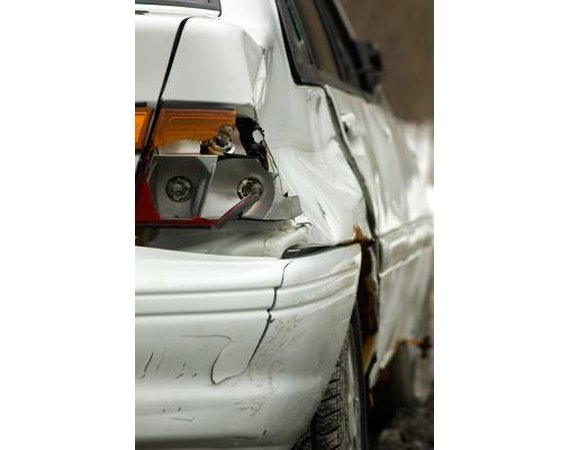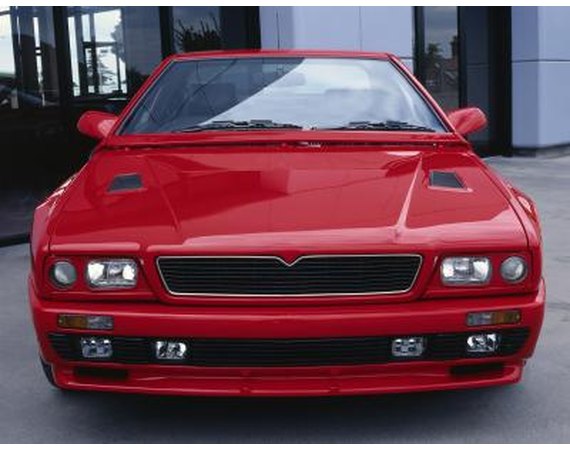
Your first car is probably not going to be new, and it will probably come with a personality. However, that car will serve you well if you choose it wisely. Your budget will be first priority, especially settling on a realistic budget and sticking to it. After that, several factors should be considered.
Budget and Reliability
Your primary consideration, unless someone else is buying the car for you, is the cost of your vehicle. Your budget must include not just what you'll be giving the dealership, but also elements such as insurance, gas mileage, maintenance and reliability. Instead of buying the first cheap car you find, research the make, model and year. If you know any mechanics, ask their opinion of the car. Gauge how much you'd be paying in gas each month. Make certain the car has good maintenance records; if the owner can't supply them, ask for the VIN and run your own check on Carfax or Autocheck. Don't let the owner or salesperson rush you into a decision; if you miss out on a good car, another will be along soon. It's better to not buy a good car than to spend all your money on a bad car.
Style vs. Practicality and Insurance
While it's normal to desire a sporty car, be even more careful to gauge the real cost when considering one. Sporty little vehicles tend to be higher on insurance, and much higher if you're young. You should also consider what will work best for you and your situation. Two-door cars are nice, but if you're planning to have a baby before selling it, you'll be much better off with a four-door sedan or even a minivan. If you must have the sporty car, consider buying a more sedate vehicle and modifying it. You'll have a significantly cheaper insurance rate.
Safety
Your new car must keep you and your passengers safe. Later-model cars, starting around 2005, have side-impact air bags installed standard, but they are a bit more expensive. Very reliable vehicles are also safer, as they won't stop suddenly and leave you stranded in a bad neighborhood. Larger, heavier vehicles that are not top-heavy are safer, as their frames can take more punishment in an impact, but of course they are not sporty and often not fuel-efficient. You'll need to decide how much safety you are willing or able to give up for the sake of budget and looks.
Financing
First-time car buyers are usually teens and young adults with little or no credit history. As a result, you aren't likely to get a good interest rate, if you can even get approved for a loan. Minimize this problem by coming in with a sizable down payment in addition to the license, tax and registration fees you'll need to pay. If you belong to a credit union, you can get a pre-approved loan at an acceptable interest rate before going to the lot; this has the added advantage of enforcing your budget, and it frees you to look at private-seller cars as well. If all else fails, you may need a co-signer. If you're prepared for all these eventualities before car shopping, you'll be able to purchase your car quickly and with minimal pain.
Sales Technique and Bad Bargains
Car salesmen have studied their customers for years, and invariably know much more about how to convince you to buy the car than they know about the car itself. First-time car buyers are ideal marks, as they have no idea what tricks the sales team may use. For this reason, try to go to a car salesperson you know personally. If you don't know any, take an experienced car buyer with you to prevent you from doing anything foolish. Remember, once the contract is signed, you're obligated to live up to it. Make sure it's the right contract and the right car.


























